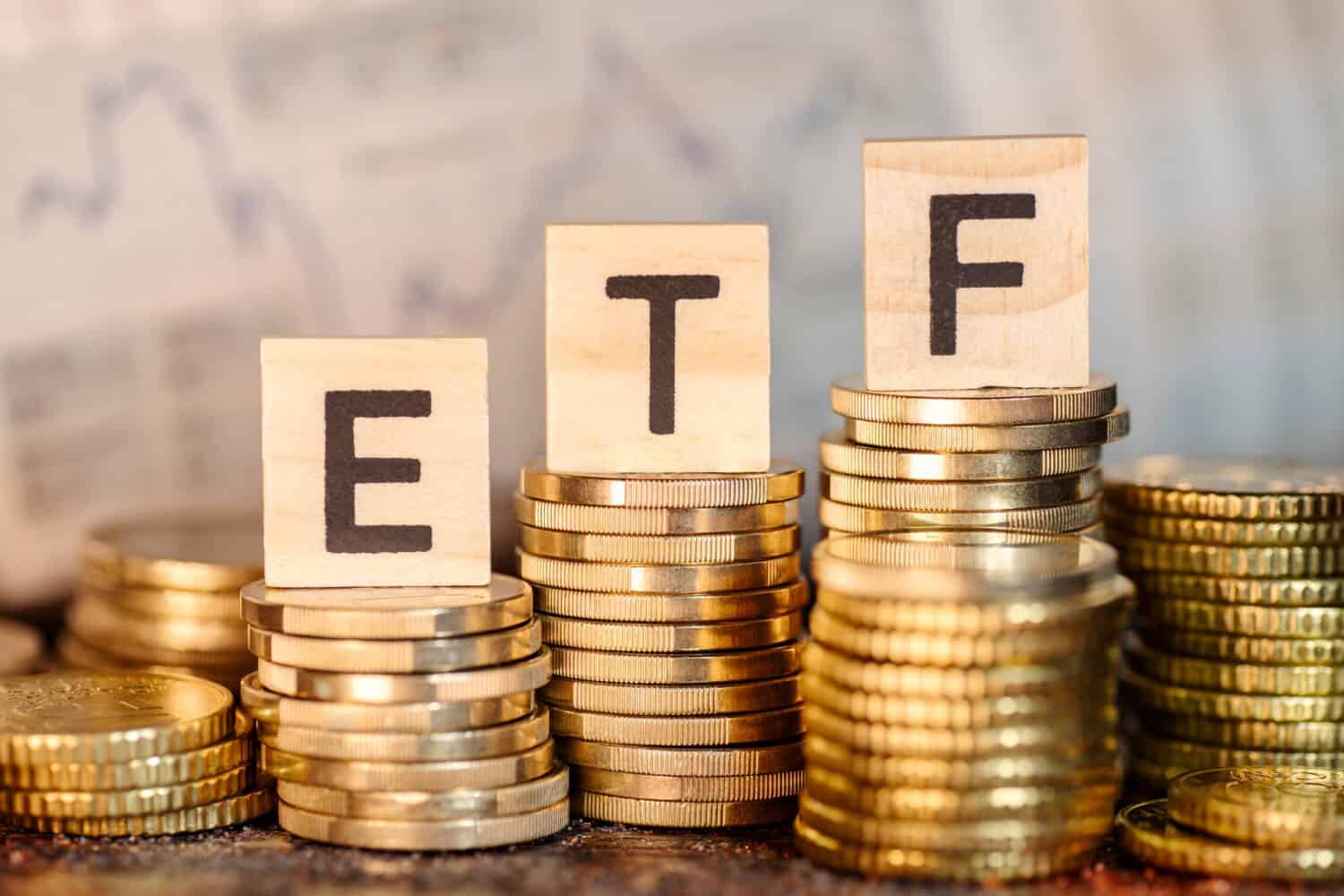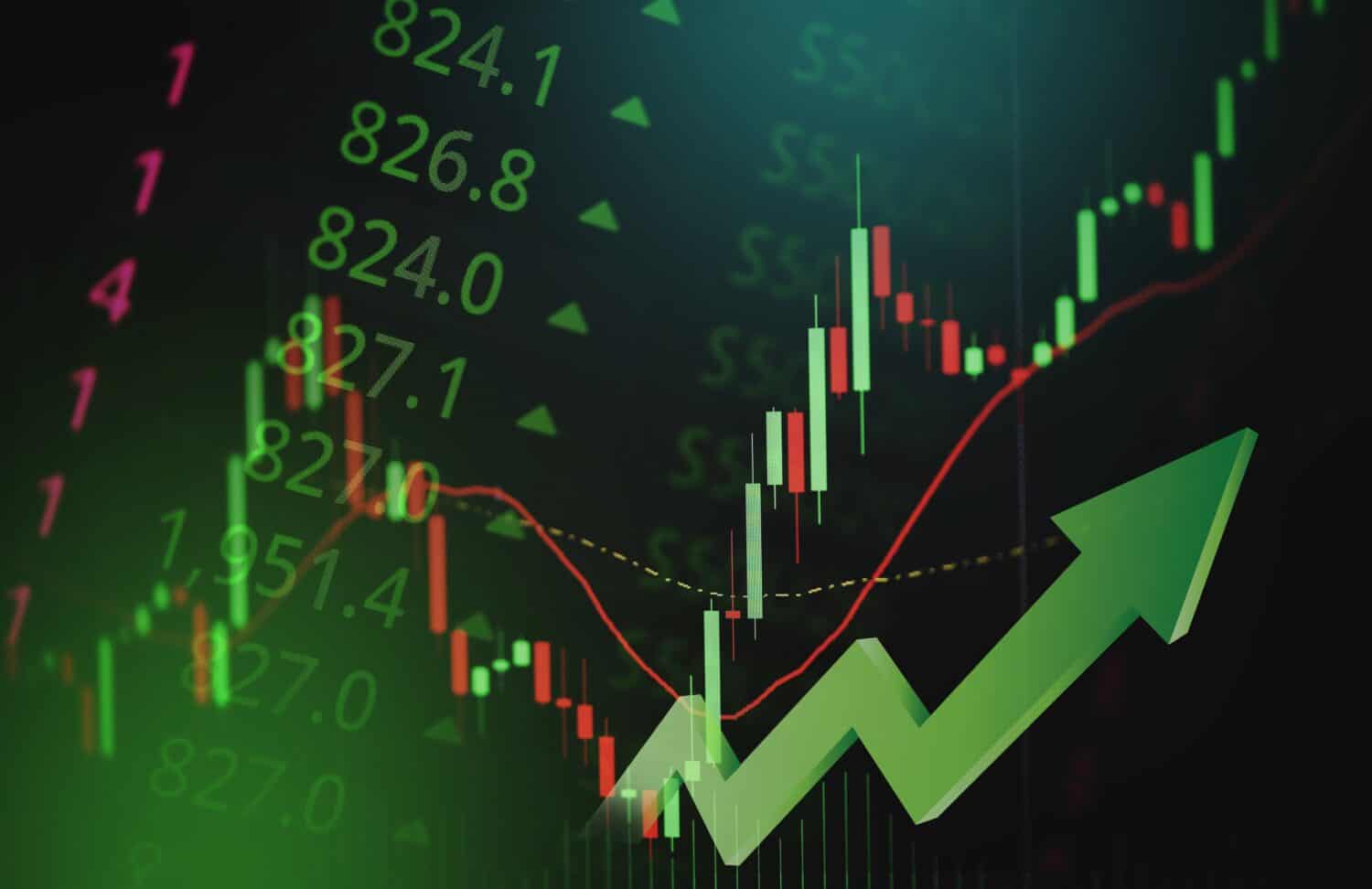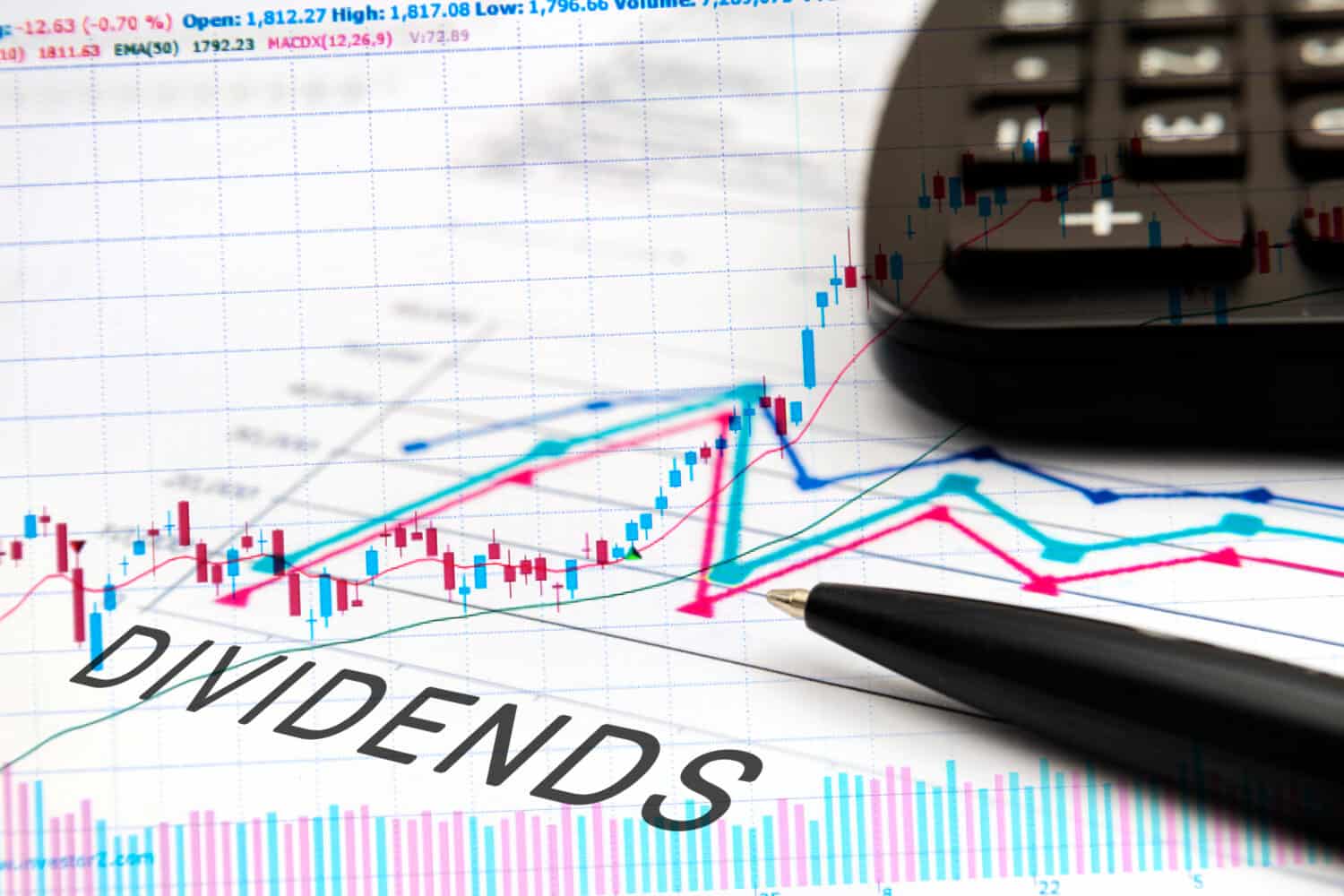
Schwab exchange-traded funds (ETFs) are among the most prominent investing vehicles long-term passive investors can use to gain exposure to the market. The company’s ETFs provide some of the lowest-cost exposure to various indices or market trends, allowing for highly diversified participation in the stock market (or areas of choice in the market) for very small fees. These funds are among my top considerations as a passive investor myself (who picks stocks around the edges), and I do think every investor, active or not, should at least consider the positive effects of low-touch investing for at least a portion of their portfolios.
For those looking to explore the vast world of Schwab ETFs (and it is vast, with more than 3,000 options available to investors), it can be a daunting endeavor. That said, I’ve highlighted three Schwab ETFs below I think can provide investors with the right mix of income, growth and value over the long-term. For those looking for a well-diversified mix of equities which encompass various investing strategies, I’d recommend having a look at the following three ETFs.
Key Points About This Article:
- Investors have thousands of Schwab exchange traded funds
- If you’re looking for some stocks with huge potential, make sure to grab a free copy of our brand-new “The Next NVIDIA” report. It features a software stock we’re confident has 10X potential.
Schwab U.S. Broad Market ETF (SCHB)

One of the ETFs within the Schwab portfolio I haven’t discussed much is the Schwab U.S. Broad Market ETF (SCHB). This exchange traded fund is designed to provide comprehensive exposure to the entire U.S. equity market by tracking the Dow Jones U.S. Broad Stock Market Index. This ETF encompasses approximately 2,500 stocks, including large-cap, mid-cap, and small-cap companies. Thus, for investors looking for some of the broadest exposure at a rock-bottom expense ratio of just 3 basis points (0.03%), this is the ETF to consider.
I view SCHB as one of the go-to options for passive investors seeking exposure to a very wide range of stocks at the lowest possible fees. To date, I haven’t found an ETF that offers fees lower than this (though one may eventually come about with a 2 basis point expense ratio at some point).
These low fees ensure that more of the investment returns an individual investor sees over years or decades of growth remain within one’s portfolio. In my view, this is perhaps the most important function of ETFs – diversification without the costs or fees associated with mutual funds and most actively-managed funds, with similar (or oftentimes better) returns.
Schwab U.S. Dividend Equity ETF (SCHD)

The Schwab U.S. Dividend Equity ETF (SCHD) is, as its name suggests, a fund that’s tailored toward investors interested in income-producing investments.
The good news is that there are plenty of dividend-paying stocks out there, each with their own unique yields based on differing fundamentals, growth profiles and business outlooks. The good thing about the SCHD ETF is that this fund racks the Dow Jones U.S. Dividend 100 Index, focusing on high-quality companies that consistently pay dividends. This reduces the fund’s risk relative to other broader income-focused ETFs, and makes this one of the higher-quality dividend ETFs I think long-term investors want to consider.
With an expense ratio of 0.06%, SCHD remains competitive in terms of its cost profile, while delivering an average yield to investors of around 3.3%. That’s nearly three-times the average yield of the U.S. stock market, so investors are certainly going to get a significant portion of their upside from dividends. But for those looking to retire and live mostly off their dividend income (not having to touch too much of their principal over time), this is a great option to consider. Additionally, companies that pay dividends tend to be much lower risk than higher-growth companies reinvesting their cash flows into their business, so this is a fund I think is worth considering particularly for those nearing or entering retirement.
Schwab U.S. Large-Cap Growth ETF (SCHG)

Finally, for investors looking to add some growth exposure to their portfolios, the Schwab U.S. Large-Cap Growth ETF (SCHG) targets large-cap stocks that exhibit strong growth potential. This fund primarily focuses on key high-growth sectors such as technology and consumer discretionary, and tracks the Dow Jones U.S. Large-Cap Growth Total Stock Market Index. Accordingly, this ETF provides investors with access to high-growth companies like Alphabet, Amazon, and Tesla.
So, this ETF would be a great offset for investors who hold some SCHD, as it would replenish a portfolio’s growth profile over the long-term. And given the weighting of this ETF toward tech-heavy names, this is an ETF that’s perfect for those bullish on the continued rise of companies involved in revolutionary technologies like artificial intelligence. In my view, holding all three ETFs can provide the sort of balanced portfolio outlook investors want. In terms of proportions of which ETF may be over or underweight really depends on an individual’s risk tolerance level and willingness to take on additional risk (or take risk off the table).
Over the long-term, I do think it’s important to hold highly-diversified portfolio of growth stocks in one’s portfolio. And at an expense ratio of just 0.03%, this ETF is a great option to consider, in my view.
Take Charge of Your Retirement In Just A Few Minutes (Sponsor)
Retirement planning doesn’t have to feel overwhelming. The key is finding expert guidance—and SmartAsset’s simple quiz makes it easier than ever for you to connect with a vetted financial advisor.
Here’s how it works:
- Answer a Few Simple Questions. Tell us a bit about your goals and preferences—it only takes a few minutes!
- Get Matched with Vetted Advisors Our smart tool matches you with up to three pre-screened, vetted advisors who serve your area and are held to a fiduciary standard to act in your best interests. Click here to begin
- Choose Your Fit Review their profiles, schedule an introductory call (or meet in person), and select the advisor who feel is right for you.
Why wait? Start building the retirement you’ve always dreamed of. Click here to get started today!
Thank you for reading! Have some feedback for us?
Contact the 24/7 Wall St. editorial team.





